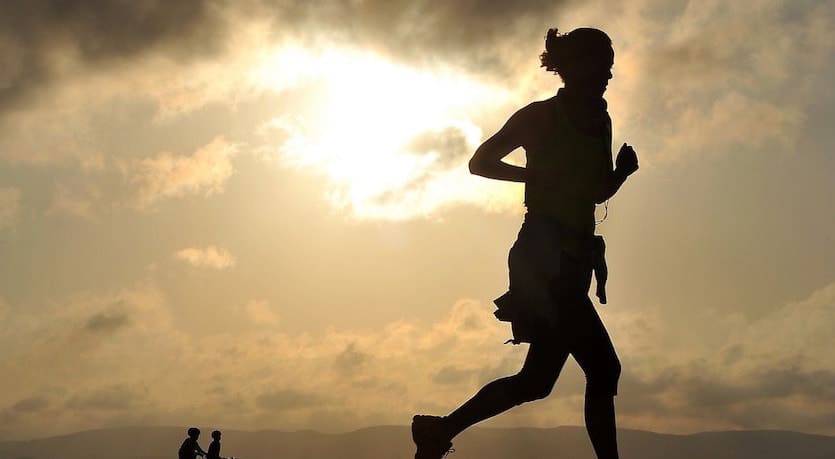
Larry Polhill – Skills You Will Need to be a Great Business Leader
September 29, 2017
Data Warehousing Architecture and Models
September 30, 2017Sponsored Content: Rock climbing is something that seems to get people in their grips. The exhilaration and the adventure is addictive, something that Gregory Lindae can attest to. It requires mental control, endurance, strength, and a bit of risk-taking. As a venture capitalist and private equity investor, rock climbing is clearly right up Linda’s street! He has found that it is vital to have the right equipment available in order to be a good climber, and has therefore compiled a list of the necessary elements.
Helmet, Harness, Belay Plate
There are different types of harnesses available, and it is important to get to know them and find the one that is most comfortable and suitable. Similarly, different belay plates exist, for different types of climbing situations. The safety levels are the most important in this. Finally, helmets are an absolute must and they must be fit for purpose and of the right size.
Rock Boots
Because so much of rock climbing is done with upper body strength, a lot of people forget about their feet. Proper rock boots are an absolute necessity, however. Finding purpose with feet is essentially to get up and to provide a lift for the rest of the body. Furthermore, rocks are often sharp and pointy, which requires added protection.
Prussiks and Other Safety Equipment
Prussiks are essential for anyone doing multi-pitch climbing. They are, essentially, a basic survival kit. Do make sure you also have a load-bearing cord, a snap-link karabiner, a chalk bag, a sling, a ruck sack, a change of clothes, fishing lines, and so on. Imagine you are going camping and need to find your own way home, in other words.
Ropes
Unless you want to go free climbing, you will need ropes. Different ropes have different styles and they should be labeled accordingly. Dynamic singles, for instance, can be used on their own and are between 9.5mm and 11mm in thickness. Do check their fall rating as well. Dynamic doubles are good for zigzag routes and for multi-pitch climbing. They are also safer on sharp edges. Lastly, there are static ropes, which you only use for rigging and abseiling. It is vital that you get the right rig, which varies depending on the type of rock you want to climb, which gear you have, and what your personal preferences are. 12 quickdraws are sufficient for anyone only climbing sport. However, if you go beyond that, then you will need:
· Two 120cm slings, whereby the tape is 240cm but it loops around your chest twice.
· Set of 1-10 size nuts.
· At least eight quickdraws, picking different lengths.
· Sufficient rockcentrics for your particular needs.
· At least four snap-links on which you can store your rockcentrics and your nuts.
· Two screw gates that you can use for your belays.
· A good quality nut key.
With this equipment, you should be able to climb safely. That is, of course, if you know what you are doing. No amount of equipment will keep you safe unless you have a general idea of how to use it.








